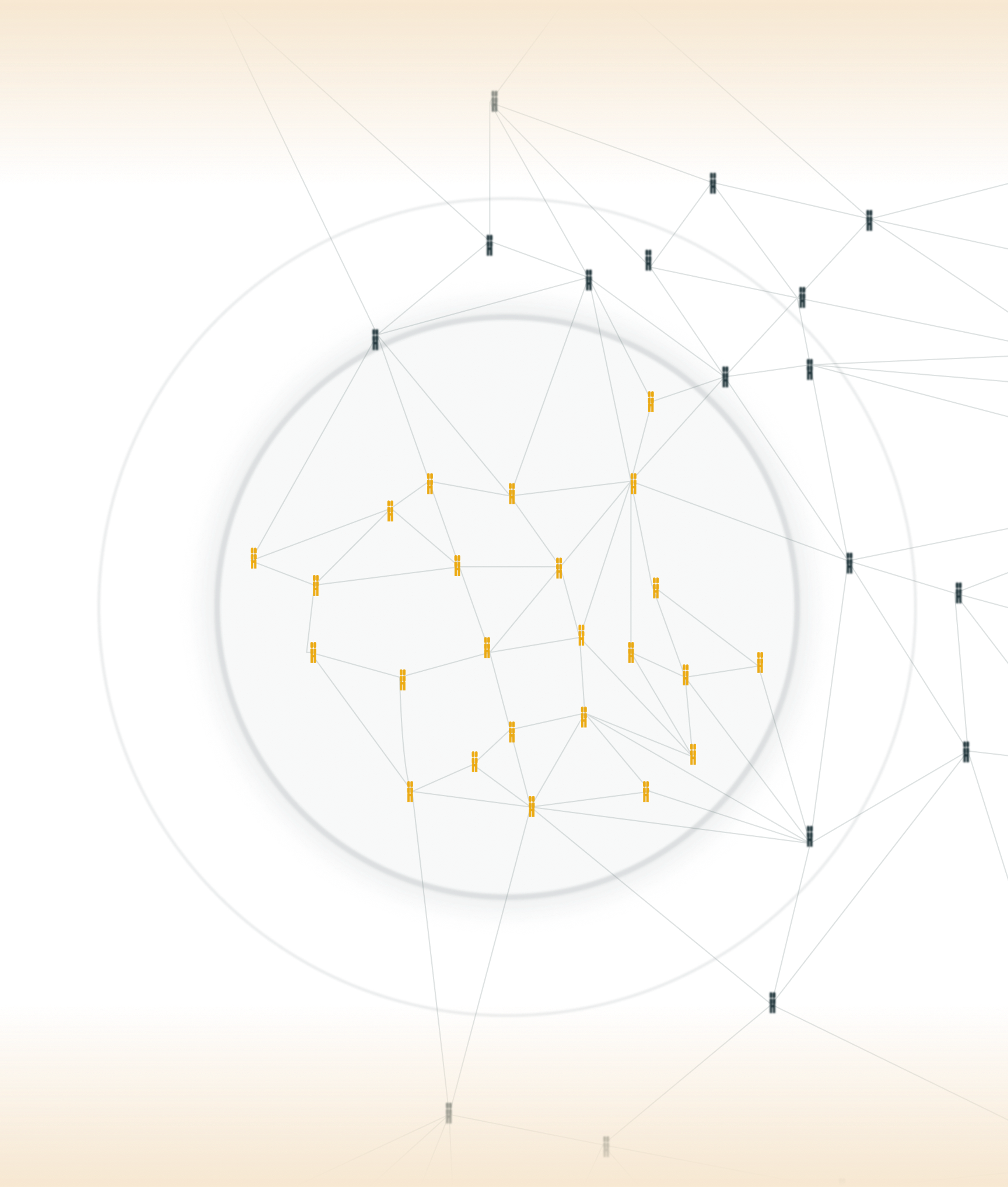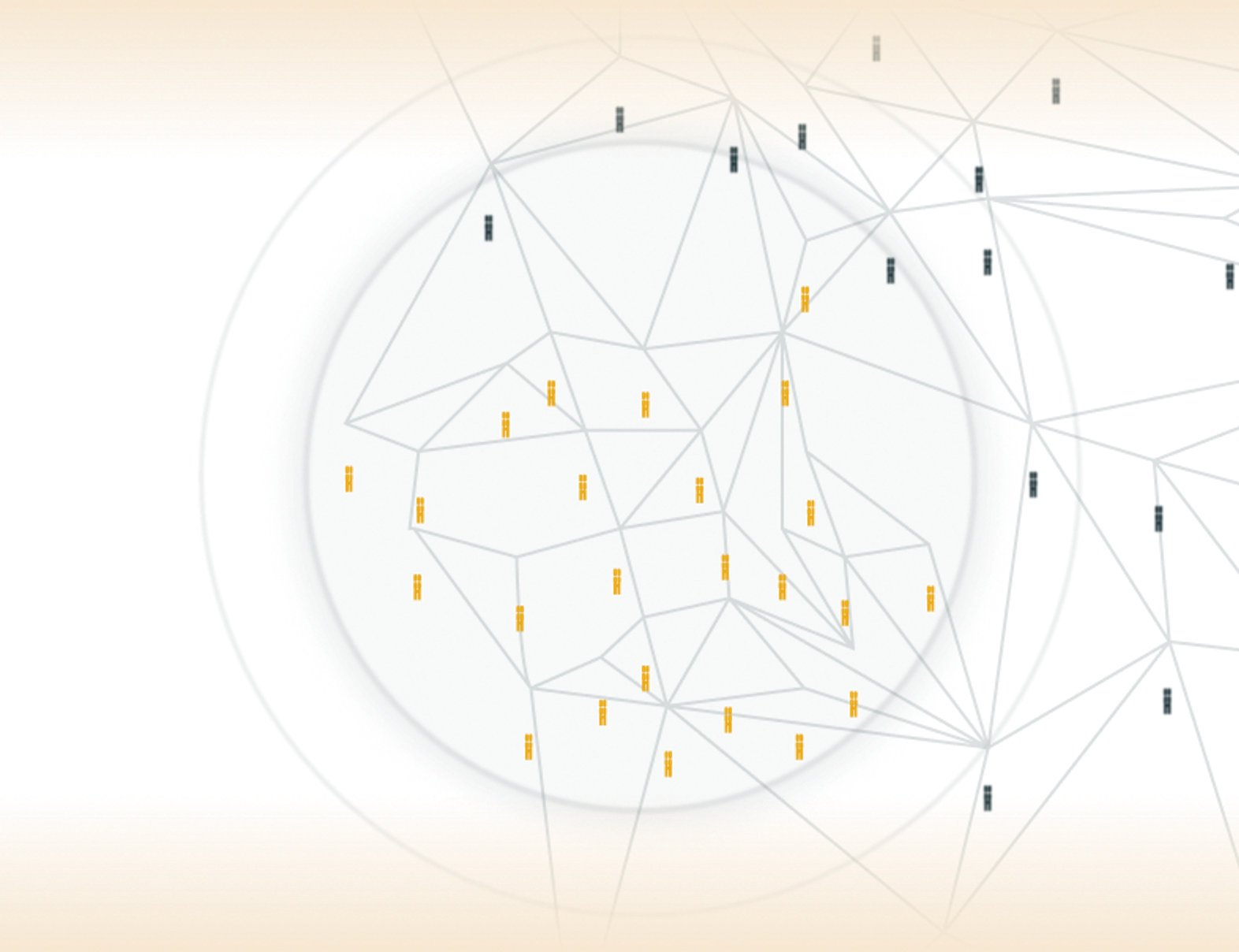Treatment is most effective when cancer is diagnosed early
Successful treatment of cancer depends on discovering it before it has spread throughout the body. Too often, cancer is discovered late, making a cure unlikely. The field of cancer early detection (or screening) is dedicated to developing technologies and clinical practices to find cancer at an early, curable stage.


Liquid biopsy research in cancer early detection is focused on developing blood tests to make cancer screening easy and routine
The principal approach taken in liquid biopsy today is analysis of circulating tumor DNA (ctDNA) shed from dying tumor cells. While progress has been made in using ctDNA for the detection of cancer, ctDNA alone has not been able to find the earliest stage tumors, as these cancers are often too small to shed enough ctDNA. Therefore, additional, complementary liquid biopsy methods are needed.
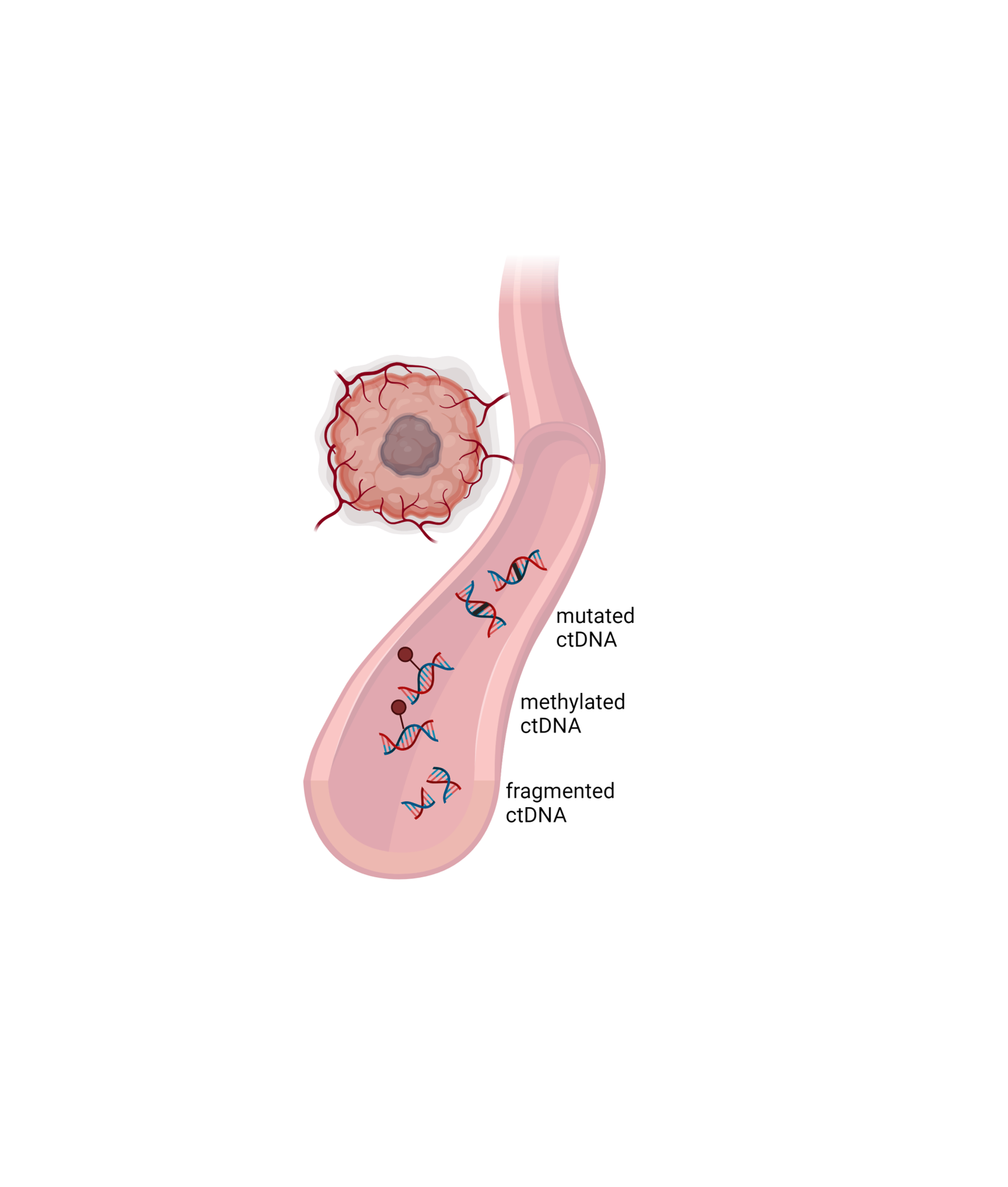
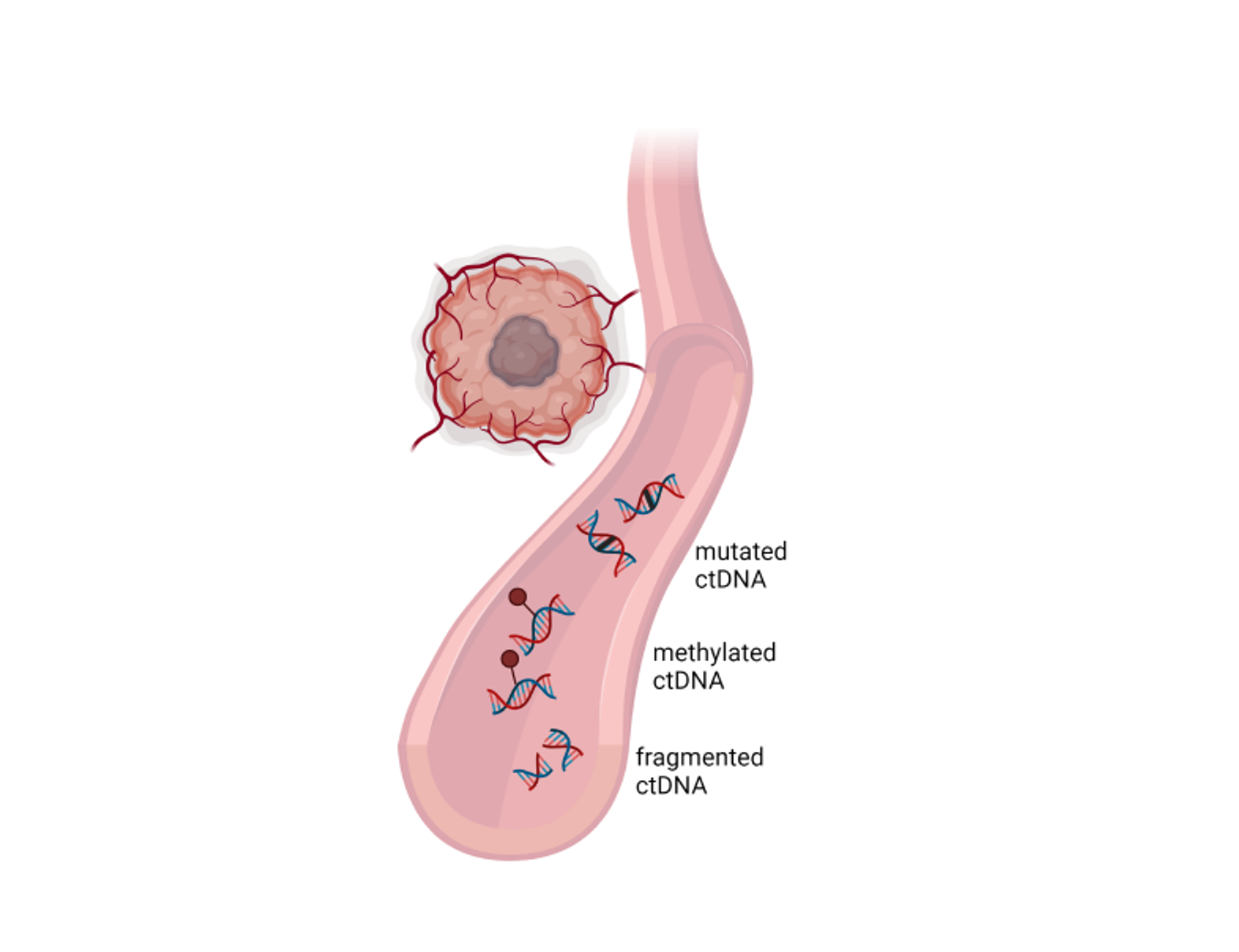
Serum is developing a liquid biopsy approach that uses the body’s own tumor surveillance by T cells to detect cancer
This approach is attractive because it represents an orthogonal principle of detection (the host response) to tumor-shed analytes such as circulating tumor DNA. T-cell proliferation that occurs upon recognition of tumor antigens may act as a natural amplifier of subtle signal for detection of small early-stage disease.
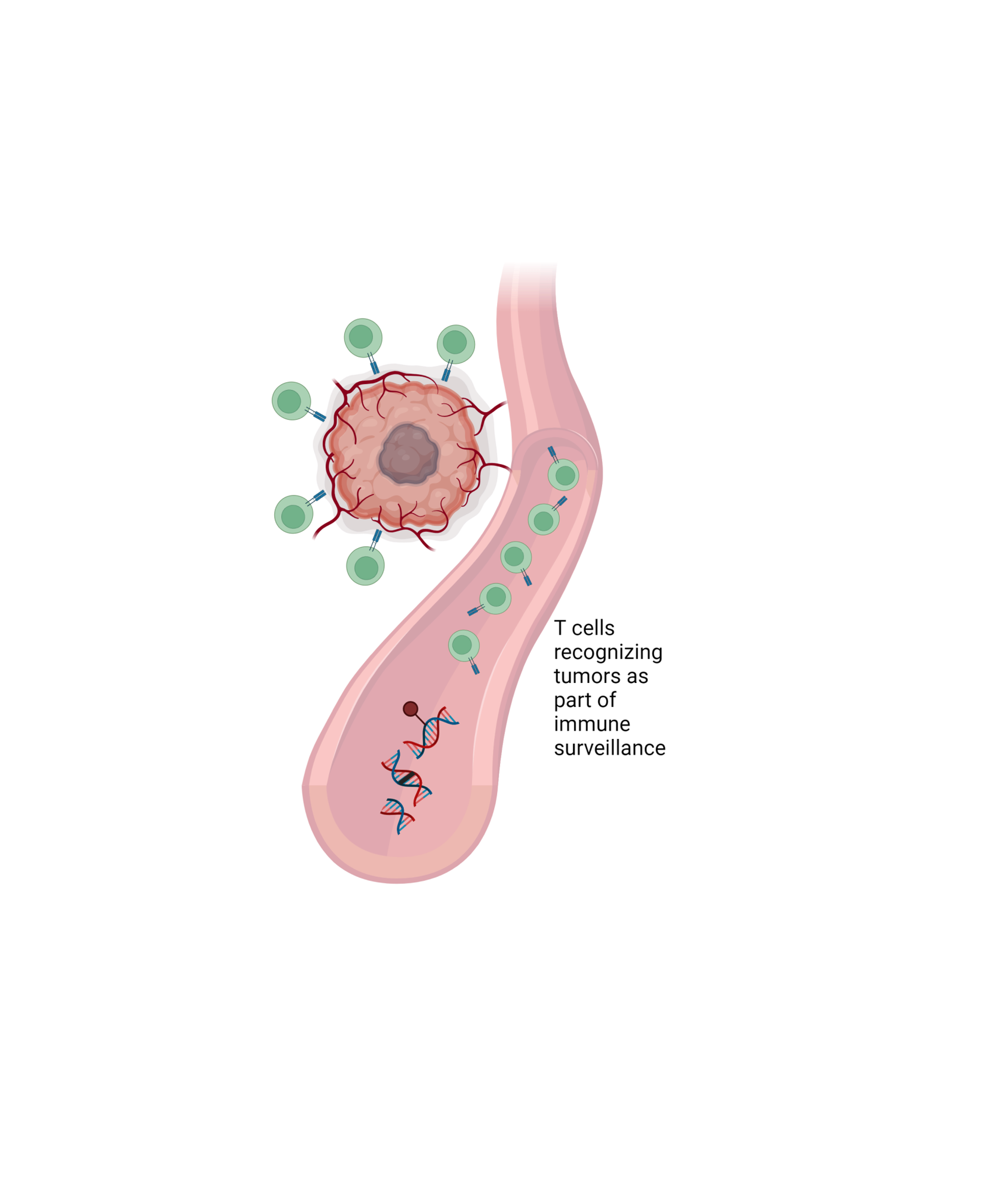
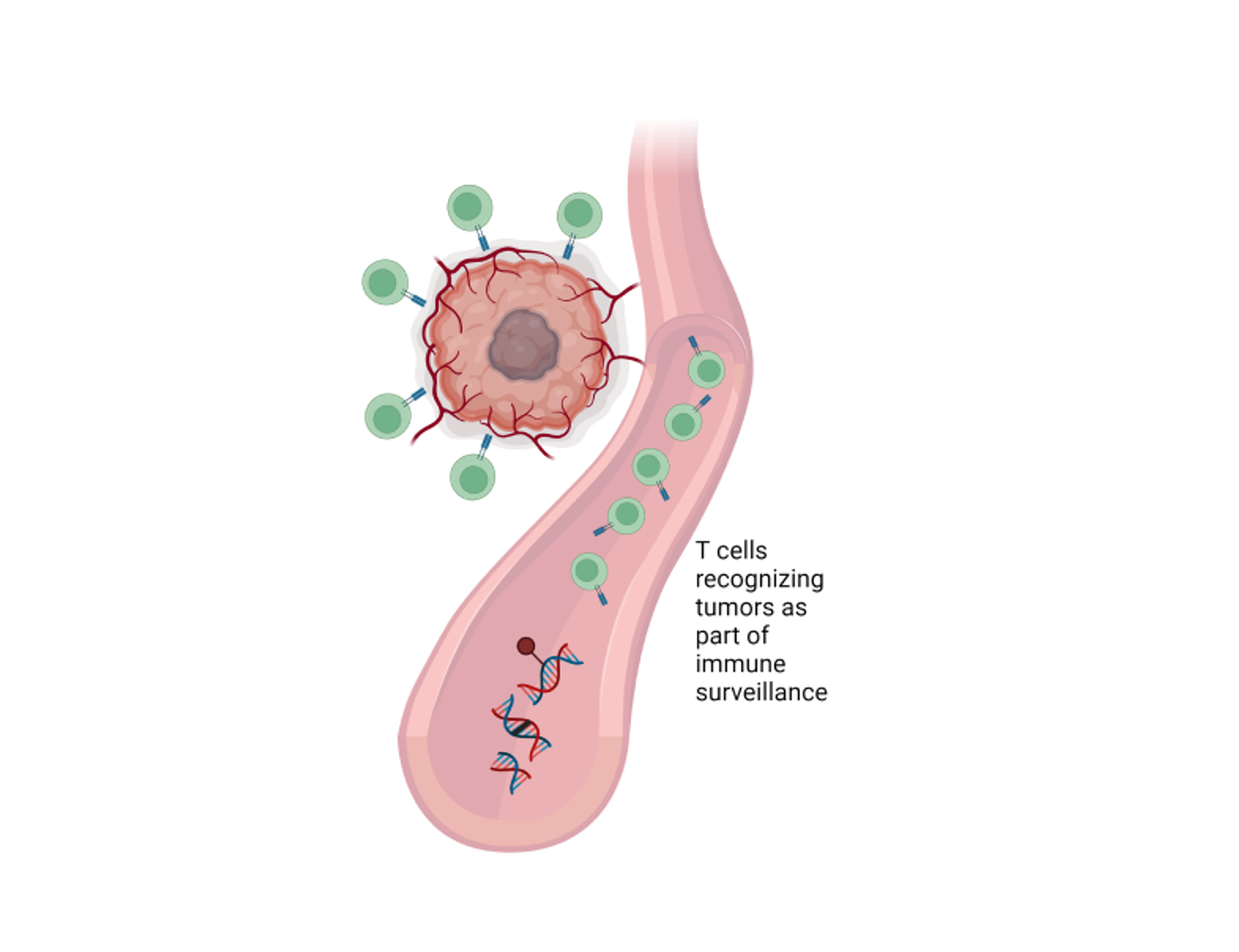
Tumor recognition by T cells is encoded by T-cell receptor (TCR) sequences, which can be assayed in circulation by next-generation sequencing (NGS)
This analysis uses the abundant genomic DNA present in the buffy coat (immune cell) fraction of a routine blood draw and integrates seamlessly into existing liquid biopsy workflows using the buffy coat remaining after plasma is consumed for any complementary ctDNA approach.
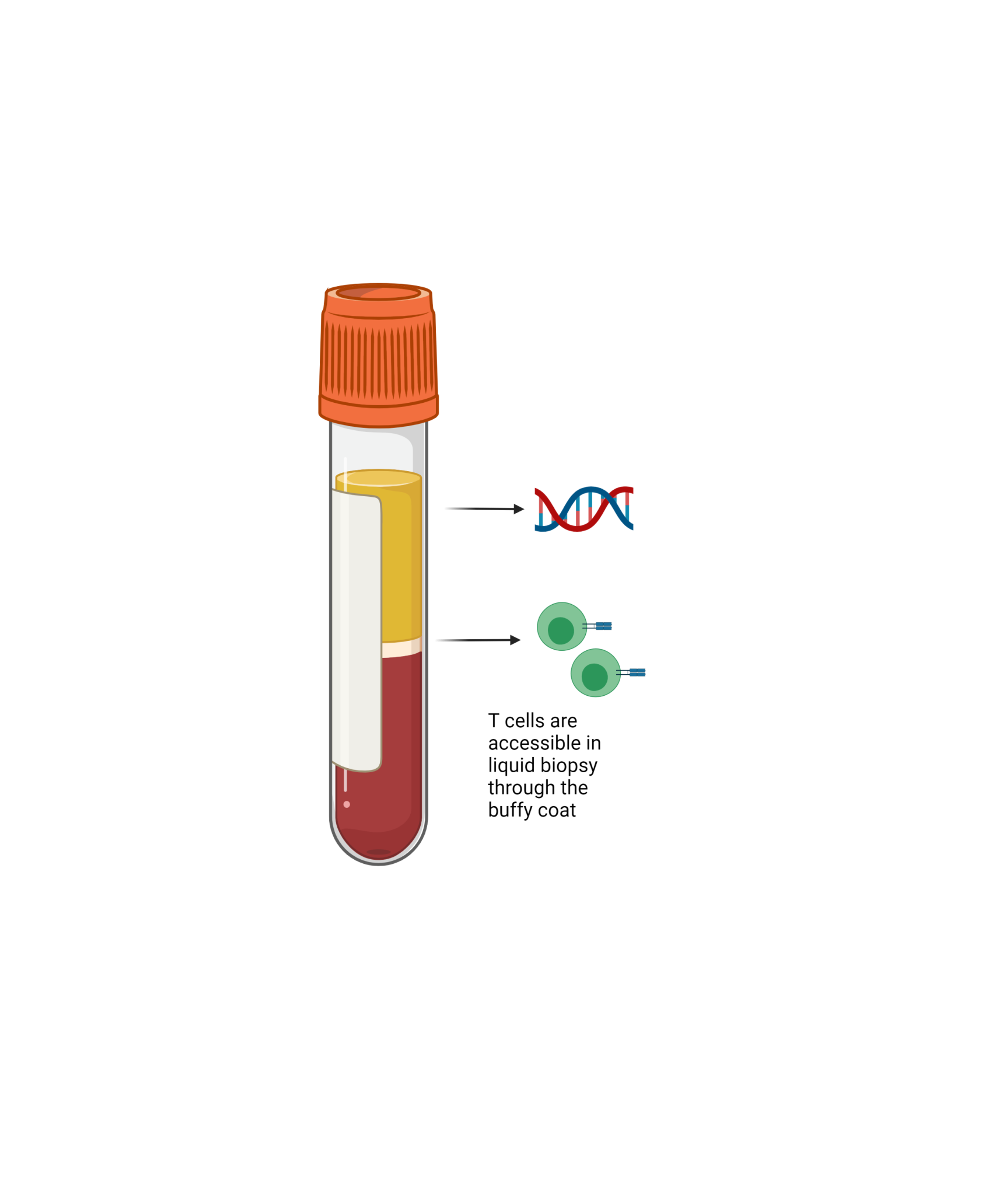
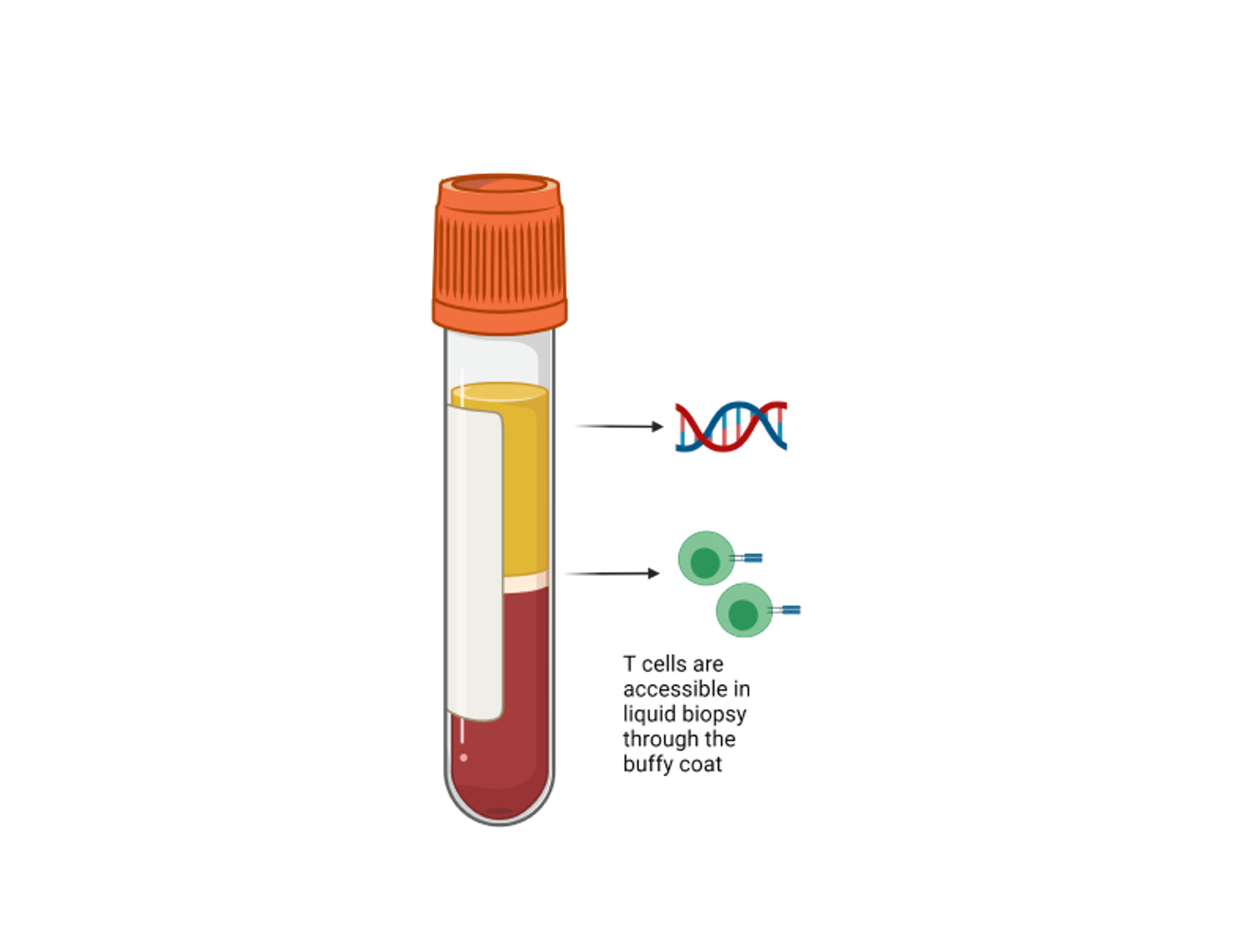

Treatment is most effective when cancer is diagnosed early
Successful treatment of cancer depends on discovering it before it has spread throughout the body. Too often, cancer is discovered late, making a cure unlikely. The field of cancer early detection (or screening) is dedicated to developing technologies and clinical practices to find cancer at an early, curable stage.

Liquid biopsy research in cancer early detection is focused on developing blood tests to make cancer screening easy and routine
The principal approach taken in liquid biopsy today is analysis of circulating tumor DNA (ctDNA) shed from dying tumor cells. While progress has been made in using ctDNA for the detection of cancer, ctDNA alone has not been able to find the earliest stage tumors, as these cancers are often too small to shed enough ctDNA. Therefore, additional, complementary liquid biopsy methods are needed.

Serum is developing a liquid biopsy approach that uses the body’s own tumor surveillance by T cells to detect cancer
This approach is attractive because it represents an orthogonal principle of detection (the host response) to tumor-shed analytes such as circulating tumor DNA. T-cell proliferation that occurs upon recognition of tumor antigens may act as a natural amplifier of subtle signal for detection of small early-stage disease.

Tumor recognition by T cells is encoded by T-cell receptor (TCR) sequences, which can be assayed in circulation by next-generation sequencing (NGS)
This analysis uses the abundant genomic DNA present in the buffy coat (immune cell) fraction of a routine blood draw and integrates seamlessly into existing liquid biopsy workflows using the buffy coat remaining after plasma is consumed for any complementary ctDNA approach.


